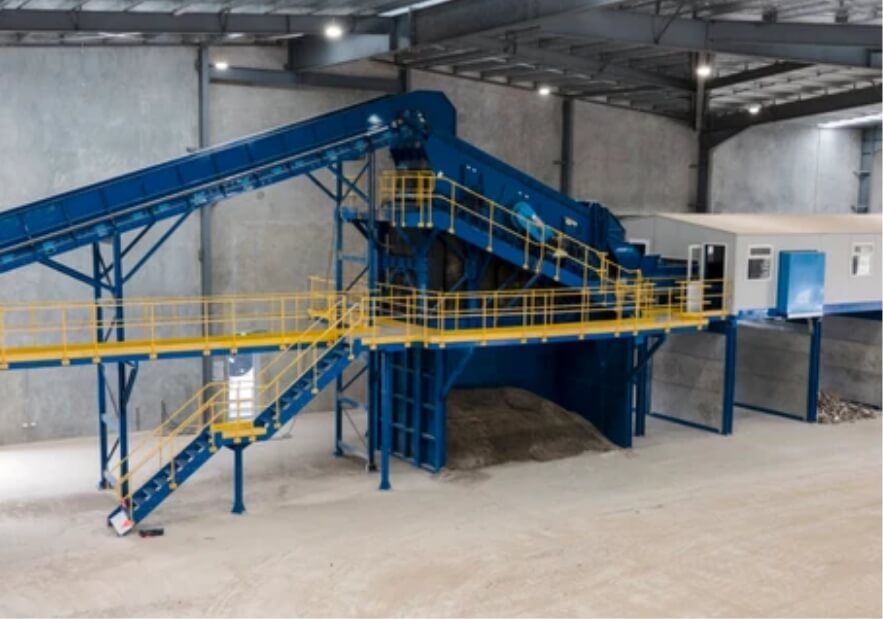Automated Machinery vs. Manual Picking: What’s Right for Your Recycling Operation?
Every recycling plant faces the same pressure: improve recovery rates, reduce costs, and keep operators safe. But when it comes to sorting materials, is it better to invest in automated machinery — or stick with manual picking? Here’s a closer look at the key differences, and how to choose the right solution for your site.
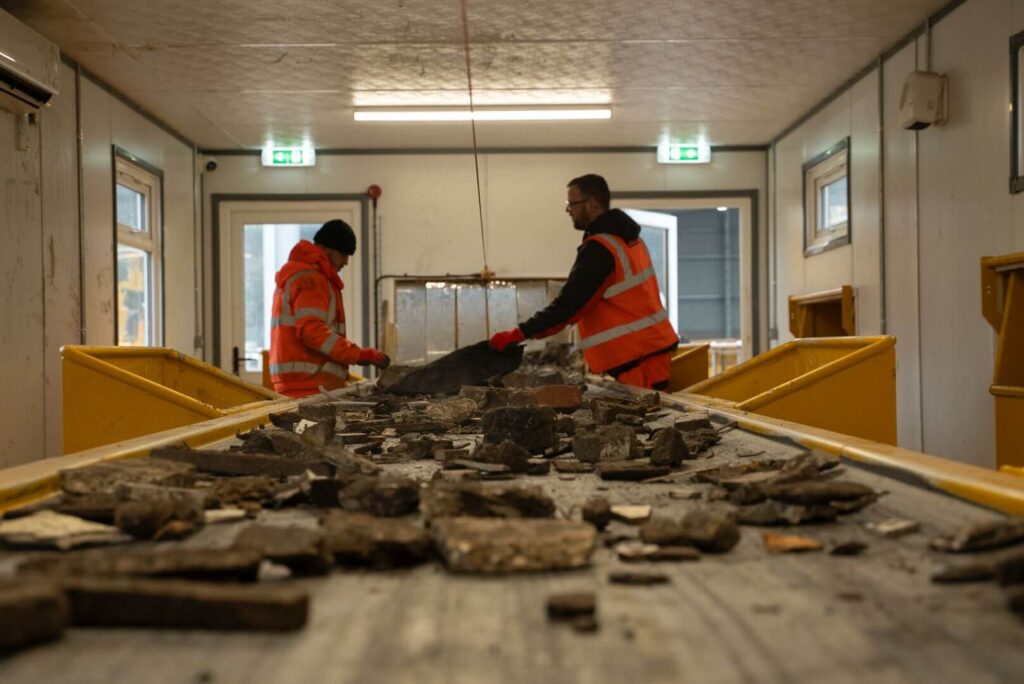
Automated Machinery: Efficient, Reliable & Consistent
Automated machinery designed to replace people in the picking station includes eddy current separators, optical sorters, and AI-powered robots. These systems are widely used in modern waste processing plants for their ability to work continuously with high precision.
Key Benefits:
- Efficient: Increase throughput with minimal downtime
- Reliable: Run consistently with less maintenance
- Consistent: Deliver the same picking quality shift after shift
- Can operate all day and night without fatigue
- Programmable: Easily adjust to different materials or waste streams
- Big investment, but fast ROI due to performance and labour savings
At CRS NI, we can incorporate these technologies into tailored systems to meet your specific recovery and plant goals.
Manual Picking: Control, Accuracy & Flexibility
While slower, manual picking allows for precision — especially for complex materials or when identifying contaminants that machines might miss. It also offers more flexibility for small-scale operations or facilities dealing with varied waste streams.
Key Benefits:
- Accurate identification of tricky or unusual materials
- More affordable upfront investment
- Ideal for low-volume or niche applications
- Easy to reconfigure or retrain staff as needs change
CRS NI builds ergonomic, enclosed picking stations designed for safety, comfort, and operator efficiency.
Make the Right Choice for Your Plant
Every facility has different goals, layouts, and material streams — so it’s important to choose a solution that works for your operation. While automated systems offer clear advantages in speed, safety, and scalability, manual picking may still suit smaller plants or specific sorting needs.
The key is to weigh up:
- Your desired throughput
- Labour availability and safety requirements
- Types of materials handled
- Long-term operational costs and goals
At CRS NI, we help clients assess their current systems and recommend sorting solutions that align with their performance and profitability targets.
If you’re unsure what setup is right for your plant, talk to our team — we’re here to help you make a confident, informed decision.
Recent Posts
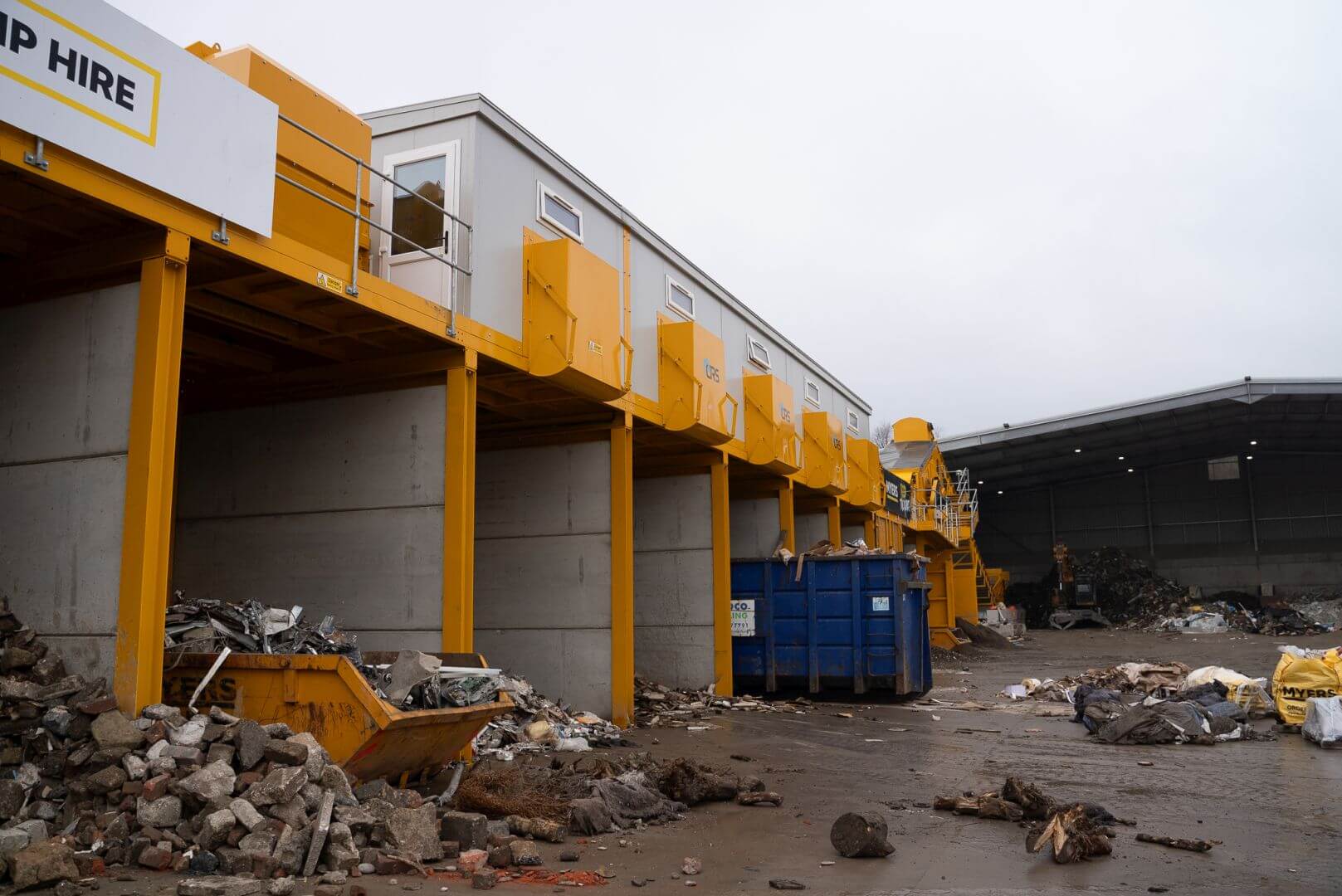
Myers Group Enhances Waste Processing Efficiency with CRS NI
Myers Group sought to improve their waste processing capabilities with a customised waste sorting line that would not only increase efficiency but also enhance safety for their team. Turning to CRS NI Ltd., they collaborated to develop a tailored solution that met their exact needs while allowing for future expansion.
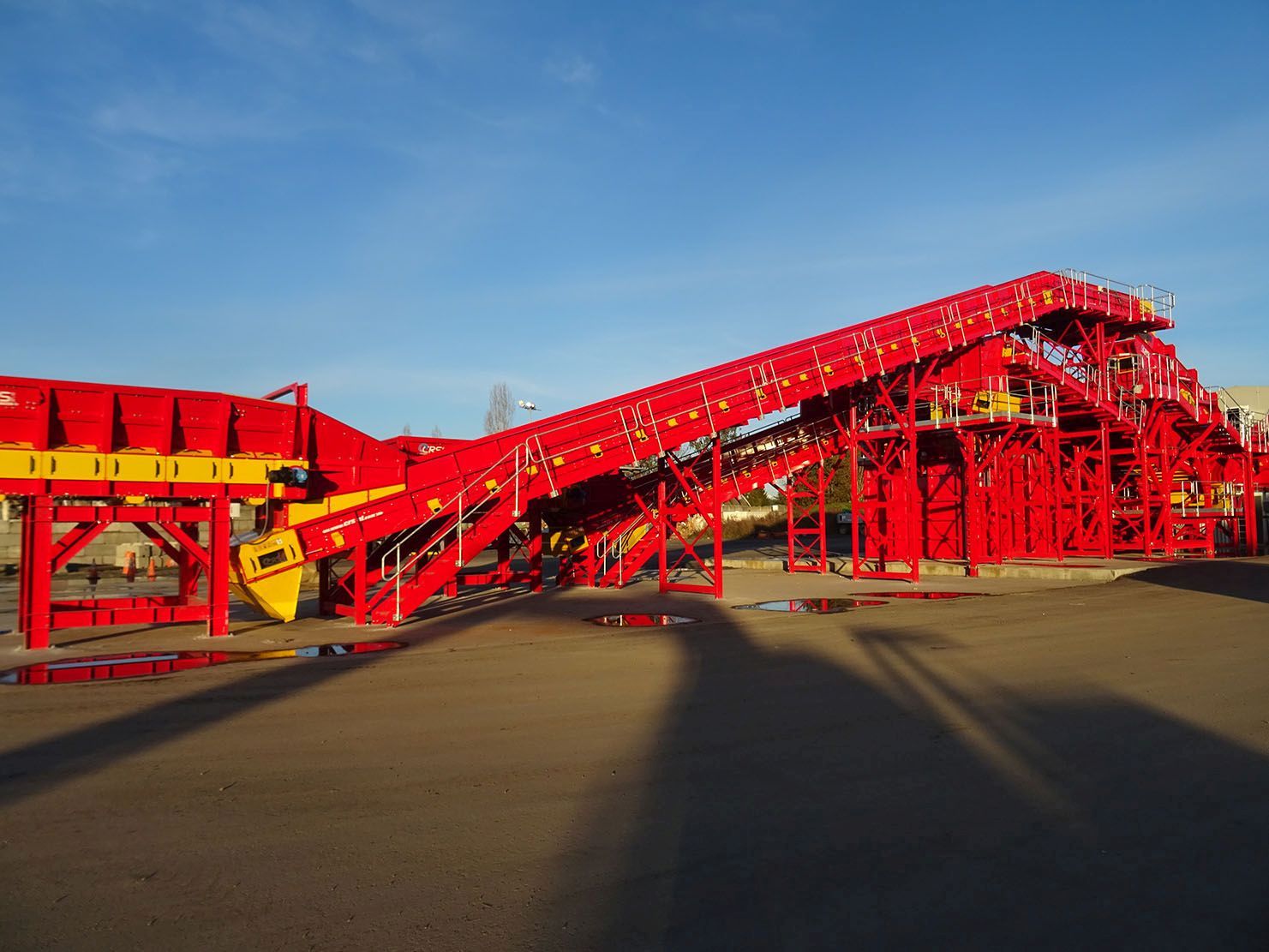
The Importance of Custom Waste Management Solutions
Every waste facility has a unique story to tell. The challenges you face, the materials you process, and the goals you aim to achieve are all distinct—and your waste management solution should be too. Yet, many facilities settle for standard equipment, missing out on the efficiencies and opportunities that only a tailored approach can deliver.
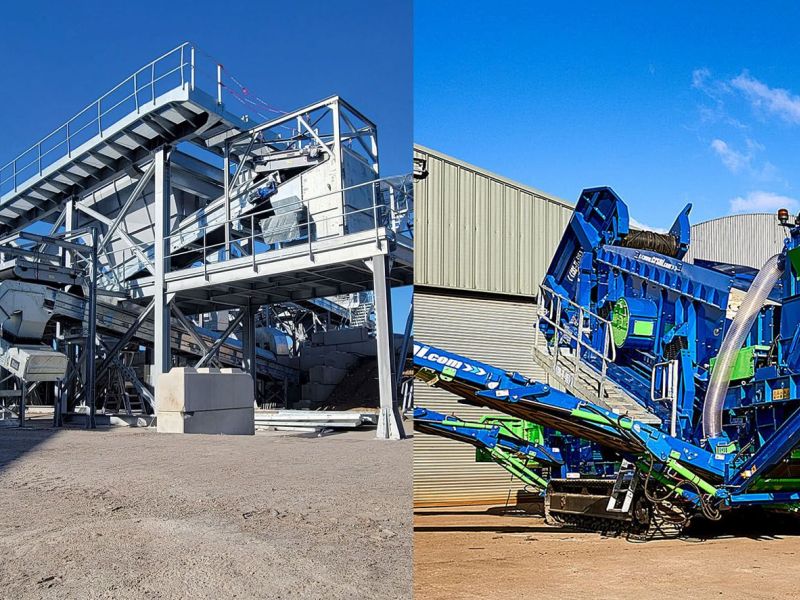
Mobile vs. Stationary Waste Equipment: Which Is Right for Your Plant?
Choosing the right waste recycling equipment is one of the most critical decisions for any waste management facility. The choice between mobile and stationary waste equipment depends on various factors, including the type of waste processed, operational needs, and long-term goals. Each option offers distinct benefits, and understanding these differences can help you make the best decision for your plant.

